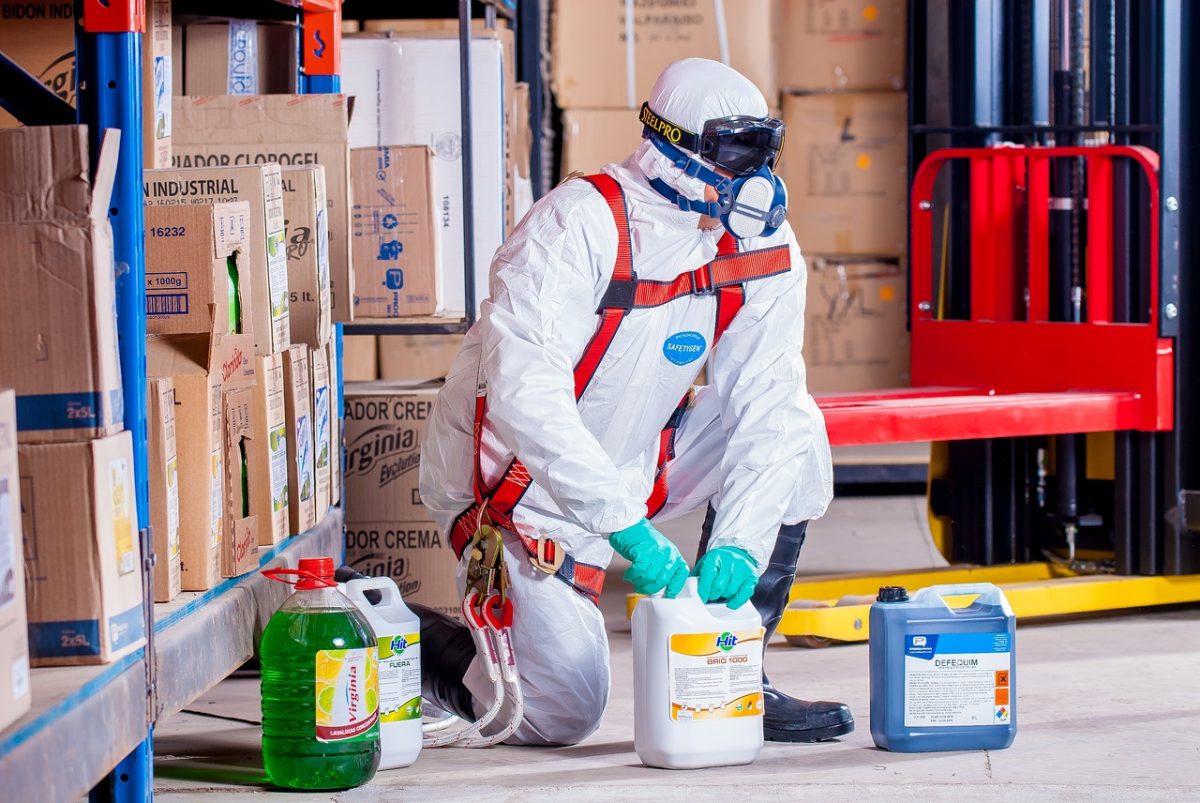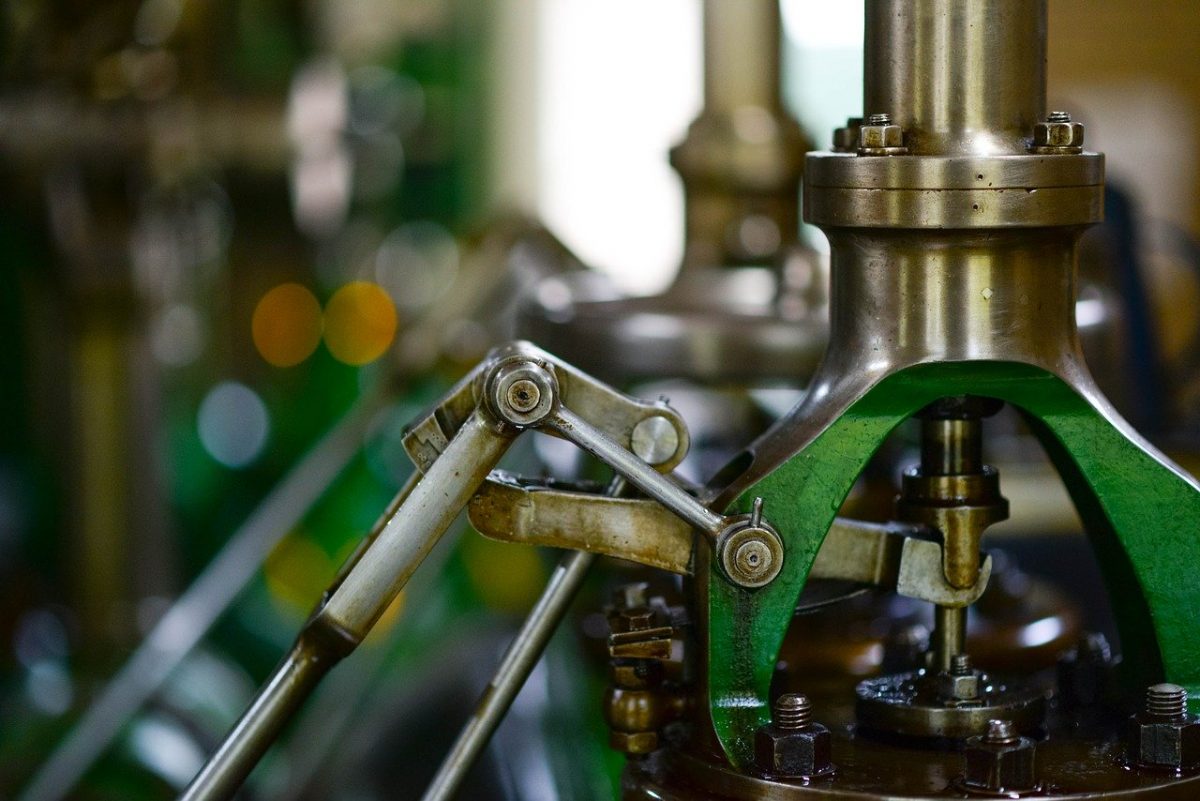When I was in my mid-twenties, I ran an in-store optical lab for one of the big national “in an hour” eyeglass chains. It was a fun but demanding job. Sometimes the lab was understaffed, and meeting those hour deadlines got tight.
One day, as I was trying to cut a few seconds off the time grinding a lens, I reached into the curve generator to move the lens to the next machine while the diamond cutting blade was still spinning–something I knew we weren’t supposed to do–and heard and felt a sudden ppzzt! as the spinning blade made contact.
Luckily for me (maybe), the blade had hit my diamond engagement ring instead of my hand, ruining the stone.
I never reached into the moving machine again. I also stopped wearing jewelry to work.
M Kenney–tech writer, AX Control
Provide Safety for Your Employees
No matter what industry your manufacturing plant is part of, providing for the safety of your employees has to be a top priority. Compliance with safety regulations prevents your workforce from accident or injury. It also keeps you from dealing with costly OSHA violations and with their ramifications, which often mean expensive shutdowns.
Proper training and implementation will help you avoid violations. It’s that simple.
But violations are also simple for compliance officers to spot. In fact, most of the top 2020 violations have been leading OSHA violations for years, some for over a decade.
Continue reading “Top OSHA Violations–and How to Avoid Them in 2021”




You must be logged in to post a comment.